Coffee has become more than just a morning beverage; it has evolved into a global culture, a science, and for many, a passion. However, to truly appreciate the depth of coffee’s complexity, one must start from its roots—its raw form.
In this article, FnB Coffee will delve into the world of good raw coffee, exploring its origins, characteristics, and the journey it takes before becoming the delightful drink we savor.
What is Good Raw Coffee?
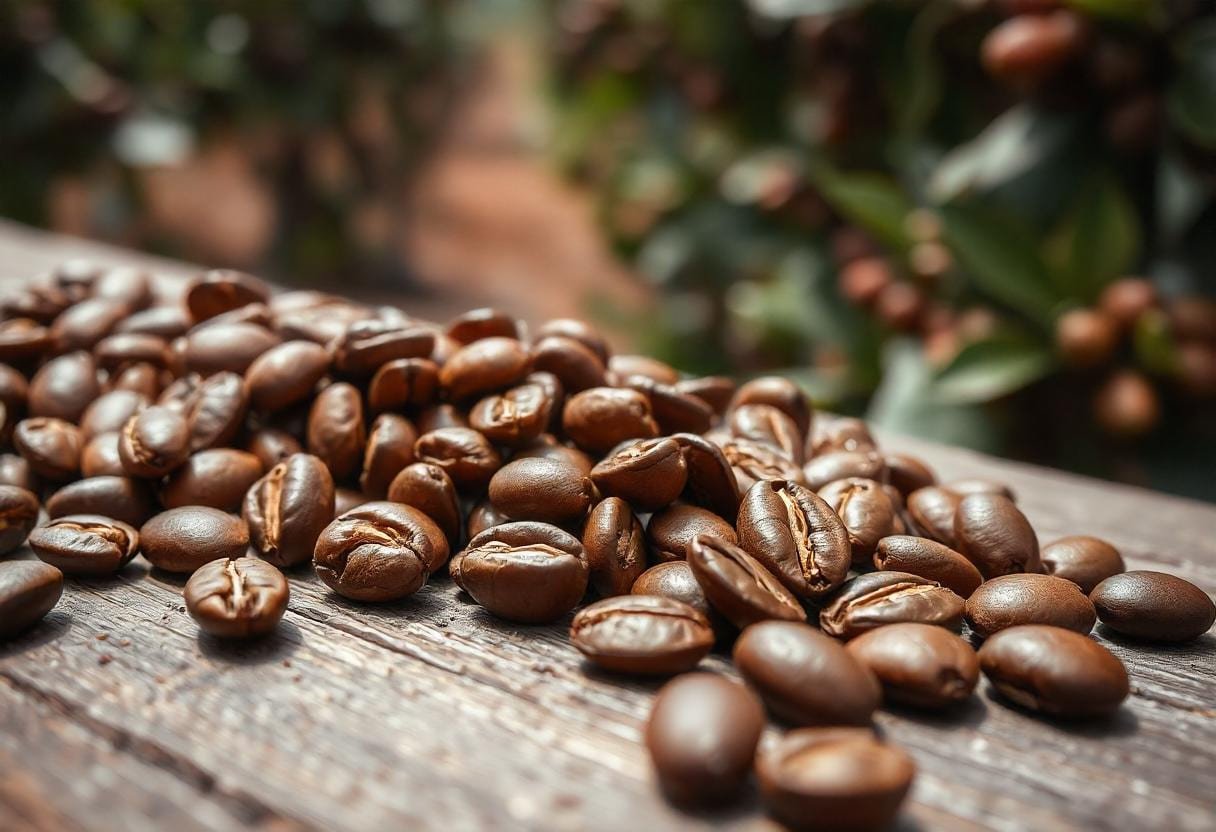
Before discussing the qualities that make raw coffee “good,” it is essential to understand what raw coffee is. Raw coffee refers to coffee beans that are harvested but have not yet undergone roasting. These beans, also known as green coffee beans, contain the essential elements that, when processed correctly, develop the flavors and aromas that make coffee a beloved drink worldwide.
When we talk about good raw coffee, we refer to beans that come from high-quality sources, have been harvested properly, and exhibit the potential to produce a remarkable cup of coffee once roasted. The quality of raw coffee beans is determined by factors such as the region in which they are grown, the altitude, the variety of coffee plant, and the care taken during the harvesting process.
Read also: Can You Eat Raw Coffee Beans? Everything You Need to Know
The Journey of Coffee from Farm to Roastery
The journey of good raw coffee starts on the coffee farm. Coffee is grown in the “coffee belt,” a region between the Tropic of Cancer and the Tropic of Capricorn, where the climate is ideal for coffee cultivation. The conditions—temperature, rainfall, and altitude—directly affect the quality of the beans. High-altitude regions, for example, tend to produce beans with more complex flavors.
Once the coffee cherries are harvested, they are processed to extract the coffee beans. There are different methods of processing raw coffee beans, including the washed (wet) process, natural (dry) process, and honey process. Each of these methods has its unique impact on the flavor profile of the final product.
After processing, the beans are dried to the right moisture content and are then sorted and graded based on size, color, and quality. The highest quality beans are often used to produce specialty coffees and are prized for their consistent and complex flavors.
Key Characteristics of Good Raw Coffee
Several factors contribute to the overall quality of good raw coffee. These include the origin of the beans, their variety, and the processing methods used. Understanding these characteristics can help you appreciate why some raw coffee beans stand out more than others.
1. Origin
The region where the coffee is grown has a profound impact on its flavor. Coffee-growing regions each have unique characteristics due to factors such as climate, soil composition, and elevation.
For instance, beans grown in Ethiopia are known for their fruity and floral flavors, while beans from Colombia may offer a balanced flavor with a mild acidity. As a general rule, the best raw coffee beans come from regions with a strong coffee-growing tradition, like Brazil, Guatemala, Kenya, and Costa Rica.
2. Bean Variety
Coffee beans come in many different varieties, and each variety has its own characteristics. The most common varieties are Arabica and Robusta, with Arabica beans typically being more desirable for high-quality coffee due to their smoother, more nuanced flavors.
Within the Arabica variety, there are even more sub-varieties, each with its distinct flavor profile. Good raw coffee is often the result of carefully selected varieties that are known for their exceptional taste when roasted.
3. Processing Method
The method used to process the coffee beans significantly impacts the flavor. Raw coffee beans can be processed in various ways, such as the washed, natural, or honey processes.
The washed process generally produces a cleaner, brighter cup with higher acidity, while the natural process often results in a fuller, fruitier taste. Honey-processed beans combine characteristics from both the washed and natural methods, offering a balance of sweetness and acidity.
The Role of Roasting in Bringing Out the Best in Good Raw Coffee
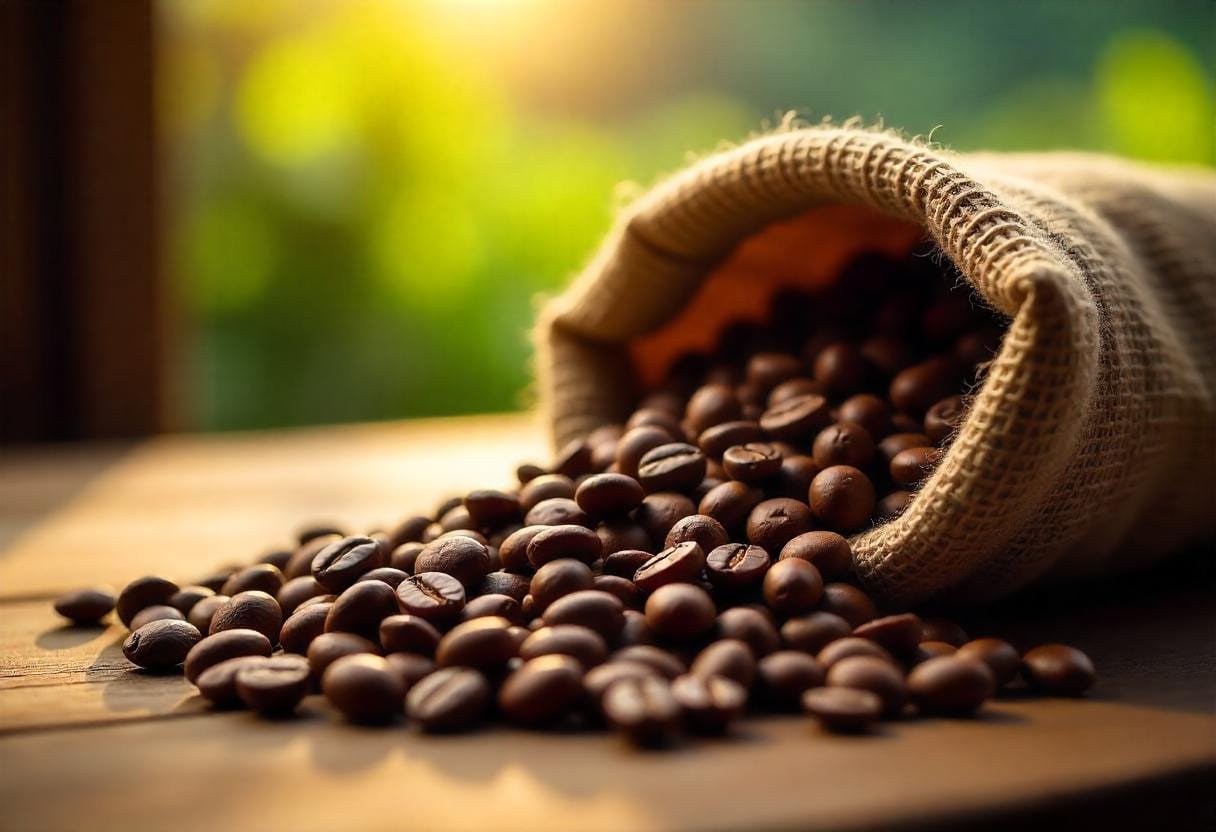
While good raw coffee sets the foundation, it is the roasting process that truly brings out the unique flavors of the beans. Roasting transforms the chemical structure of the beans, releasing the aromatic oils and sugars that define the coffee’s taste. The ideal roasting method depends on the specific raw coffee you are working with and the flavor profile you want to achieve.
Roasting too lightly can result in a cup that is too sour, while over-roasting can mask the subtler flavors of the beans. A skilled roaster knows how to apply the right amount of heat for the appropriate amount of time to highlight the inherent flavors of the raw coffee.
Why Good Raw Coffee Matters
The importance of starting with good raw coffee cannot be overstated. High-quality raw coffee beans set the stage for creating a superior cup of coffee. Using low-quality raw coffee often leads to disappointing results, no matter how skillfully the coffee is roasted.
Good raw coffee ensures that the roaster has a flavorful base from which to work. High-quality beans will produce better flavors, from the first sip to the last drop. Furthermore, the traceability of the raw coffee, its sustainable farming practices, and ethical sourcing practices make it an even more important choice for coffee lovers and producers who care about the impact of their choices on the environment and society.
Sustainability and Ethical Sourcing in the Raw Coffee Industry
Sustainability has become a central issue in the coffee industry. Good raw coffee does not just mean high quality in taste but also ethical sourcing and environmentally friendly practices. Coffee farmers are facing numerous challenges, including climate change, unstable pricing, and exploitation from middlemen. By choosing to support ethically sourced raw coffee, consumers can help ensure fair wages for farmers and encourage sustainable farming practices.
Many specialty coffee roasters now focus on sourcing beans from farmers who use sustainable methods, such as shade-grown coffee or organic farming techniques. These methods not only contribute to better quality but also have less environmental impact. Additionally, buying coffee from fair-trade certified farms ensures that farmers are paid a fair price for their work, supporting the livelihood of coffee-producing communities.
Conclusion
Exploring the world of good raw coffee is an exciting journey for coffee enthusiasts and anyone looking to understand the complexity of this beloved drink. From the farm to the roastery, the quality of raw coffee plays a crucial role in shaping the final cup. Whether you’re a coffee professional or just an aficionado, understanding what makes raw coffee “good” can enhance your appreciation of the craft.
Choosing high-quality raw coffee from reputable sources, appreciating the nuances of its origin, and supporting sustainable and ethical farming practices are essential steps in promoting the future of coffee. After all, good raw coffee is not just about great taste; it’s about supporting a global community and preserving the rich culture and tradition of coffee production.
So, the next time you enjoy a cup of your favorite coffee, take a moment to appreciate the journey it took from the farm to your cup, and know that good raw coffee is the starting point for the magic that unfolds.


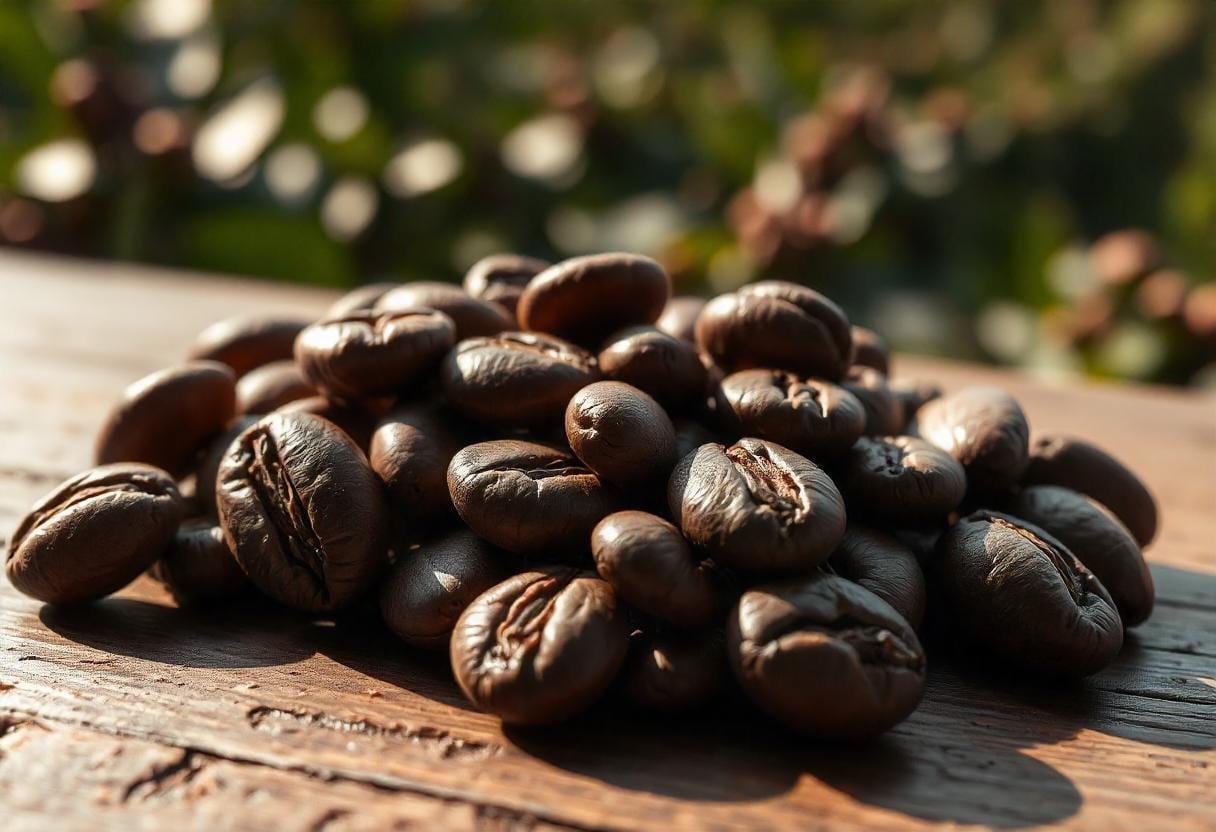

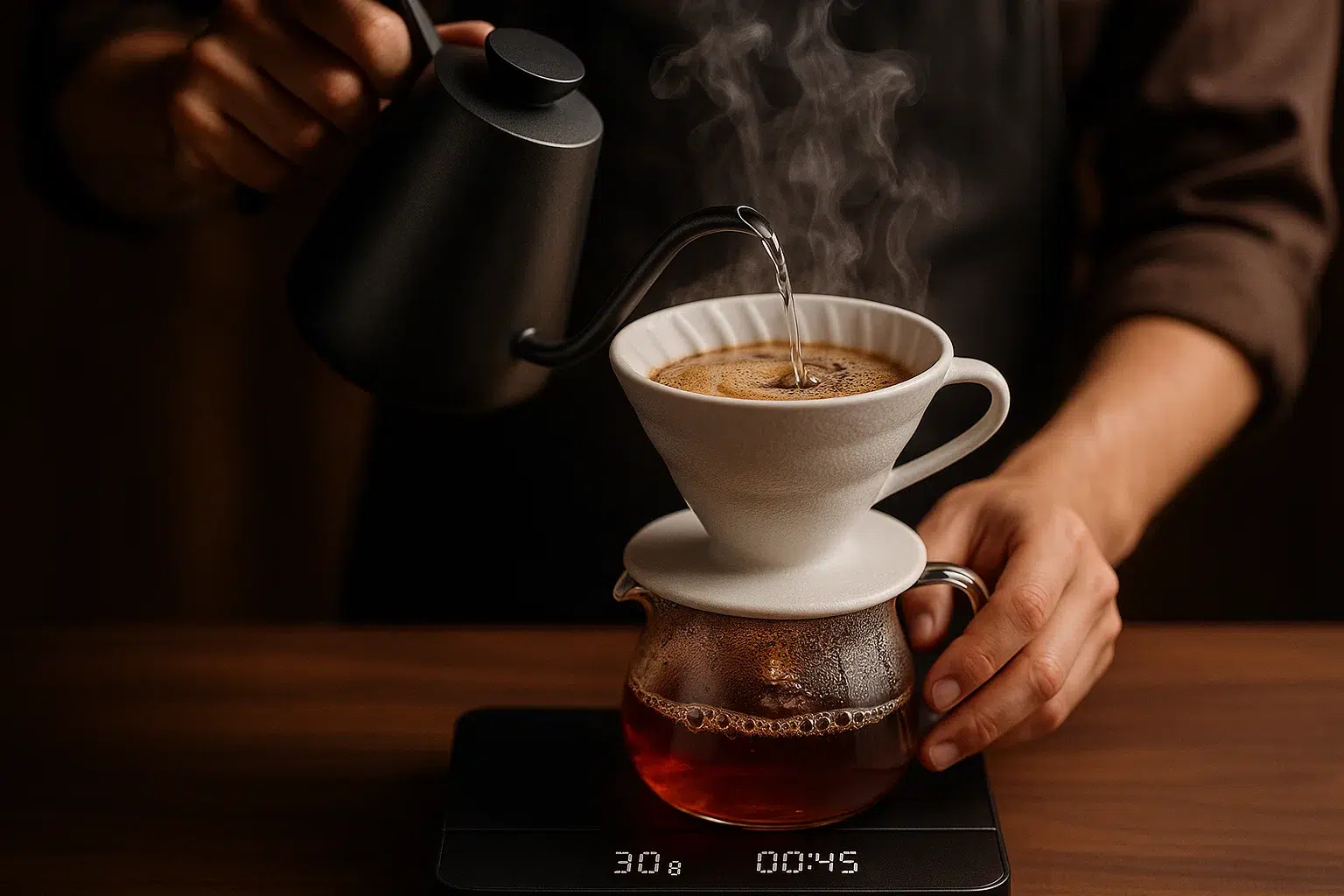
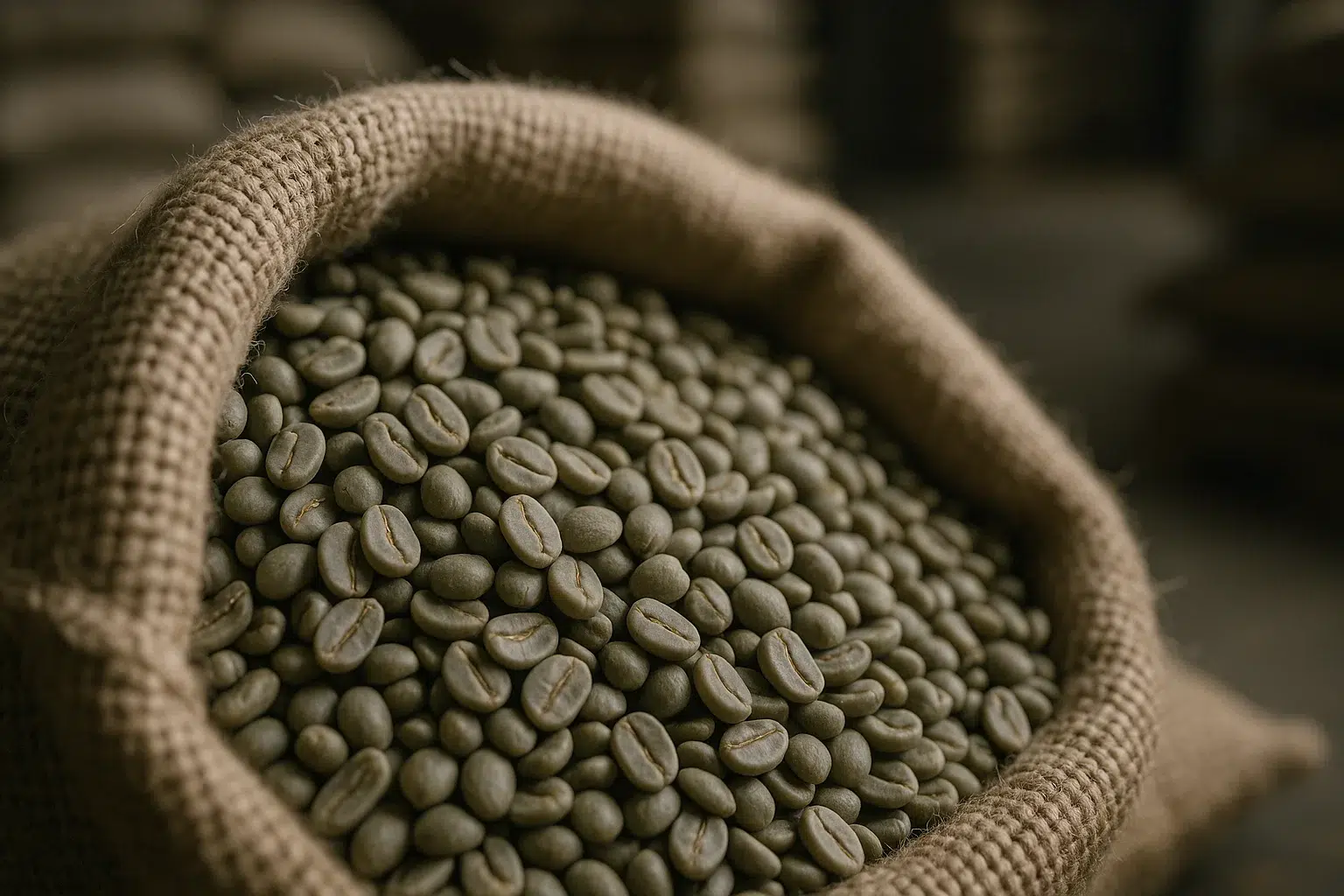









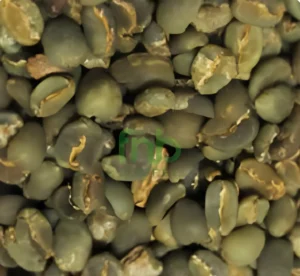
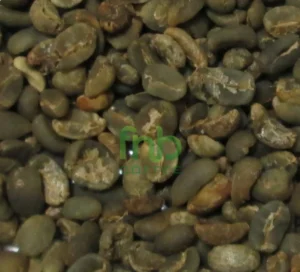









 Arabic
Arabic Chinese (Simplified)
Chinese (Simplified) Dutch
Dutch English
English French
French German
German Indonesian
Indonesian Italian
Italian Japanese
Japanese Portuguese
Portuguese Russian
Russian Spanish
Spanish